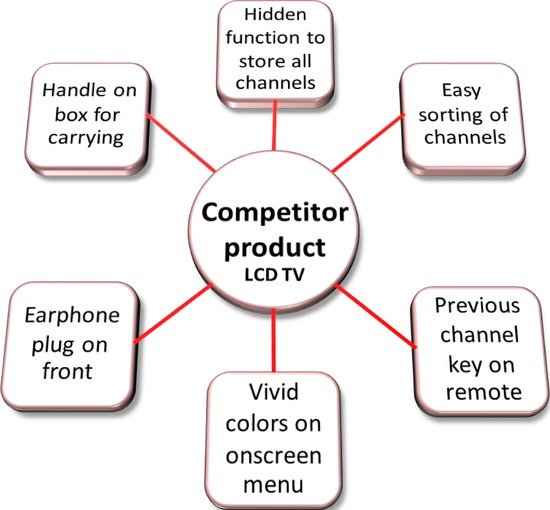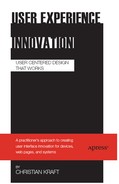Step 1: Identify Potential Solutions from a Competitor Product
Identifying solutions from competitors takes some practice. Obvious great innovations are easy to spot, but sometimes you will also want to identify small and maybe hidden solutions that are easy to overlook. You also want to find solutions that may not make sense at first glance, but if used in another context may be really innovative. In the following sections, I will elaborate on how you can find solutions from competitor products.
Use Competitors' Products
Many designers and engineers tend to mainly use the products of their own company. If you are designing mobile devices, you might even be requested by the management to use only products from the company.
This is a big mistake. If you want to learn about competition, you should use its products. If you are designing a word processor, you should try to use a competing product for at least one or two months. If you are designing a website, you should follow the trends and improvements that your competition is following.
Finding user experience innovation is sometimes very easy (e.g., a new and innovative method to scroll a menu), and other times it may be quite tricky. Maybe you notice a small function in a calendar application that can become very useful if applied to a messaging application. Maybe you see a function in a piece of word-processing software that will make a lot of sense on your website.
Twisting these competitor ideas take a bit of practice as well. Which is why using competitor products should be a must for everyone related to innovation in the company. If you work at a company or organization that wants to invest in future user experience innovation, you should start allowing and encouraging your employees to use competitor products.
Competitor Intelligence
Larger companies may have specific teams or functions to look at what the competition is up to. This can make sense as long as competitor intelligence is also part of the innovation process.
In my opinion, competitor intelligence and teardown should be things that everyone in the company is involved in. Of course, you can certainly centralize some of the work of gathering and compiling data, and you can also centralize the purchase of competitor products.
The reason for actually using competing products is simple: you need to try functions, applications, and features yourself to see where potential successful user experience innovations may be hidden.
LCD TV Example
In this chapter, I will assume that you are designing an LCD TV. In such a case, you might choose to list solutions from a single competitor or brand. Figure 14-2 shows an example of documenting solutions for a specific competitor LCD TV. The solutions cover features, applications, design, and other potential elements of the product.

Figure 14-2. Example of potential solutions found on competitor LCD TV
